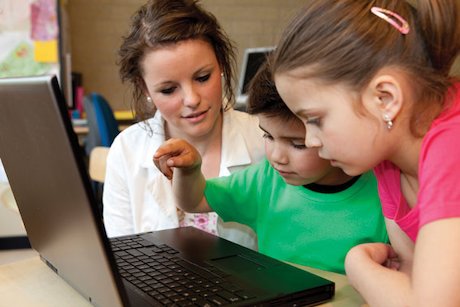Creativity, Sustained Shared Thinking and Screen-based learning in the early years
- 5 Stars
Add to My Folder
Do computers encourage creativity? Recent research, detailed in this article, shows their value for young children’s development and learning

Sustained shared thinking (SST) was first identified in 1992 as a form of playful interaction that was closely associated with effective early years practice in the Effective Provision of Pre-School Education (EPPE). A great deal has now been written on the subject but unfortunately a large amount of reporting does not lead to greater clarification. In the case of SST, it has been rather like the story of the blind men describing the elephant; while accounts are often partly right, they can still be misleading when considered on their own.
When we talk about the importance of the products of SST we may be talking about the dialogue or of the particular objects, artefacts, environments, and so on that are the focus of some ‘joint attention’ by the children. We might even be talking about those products that are created by the children in their collaborative activity. In each case these ‘products’ may also provide a focus for a consideration of our ongoing formative assessment and the kind of ‘documentation’ identified in Reggio Emilia.
Already a member? Sign in below.
Published 8 November 2010
Reviews
Rated 5/5 from 1 rating
You need to be signed in to place a review.